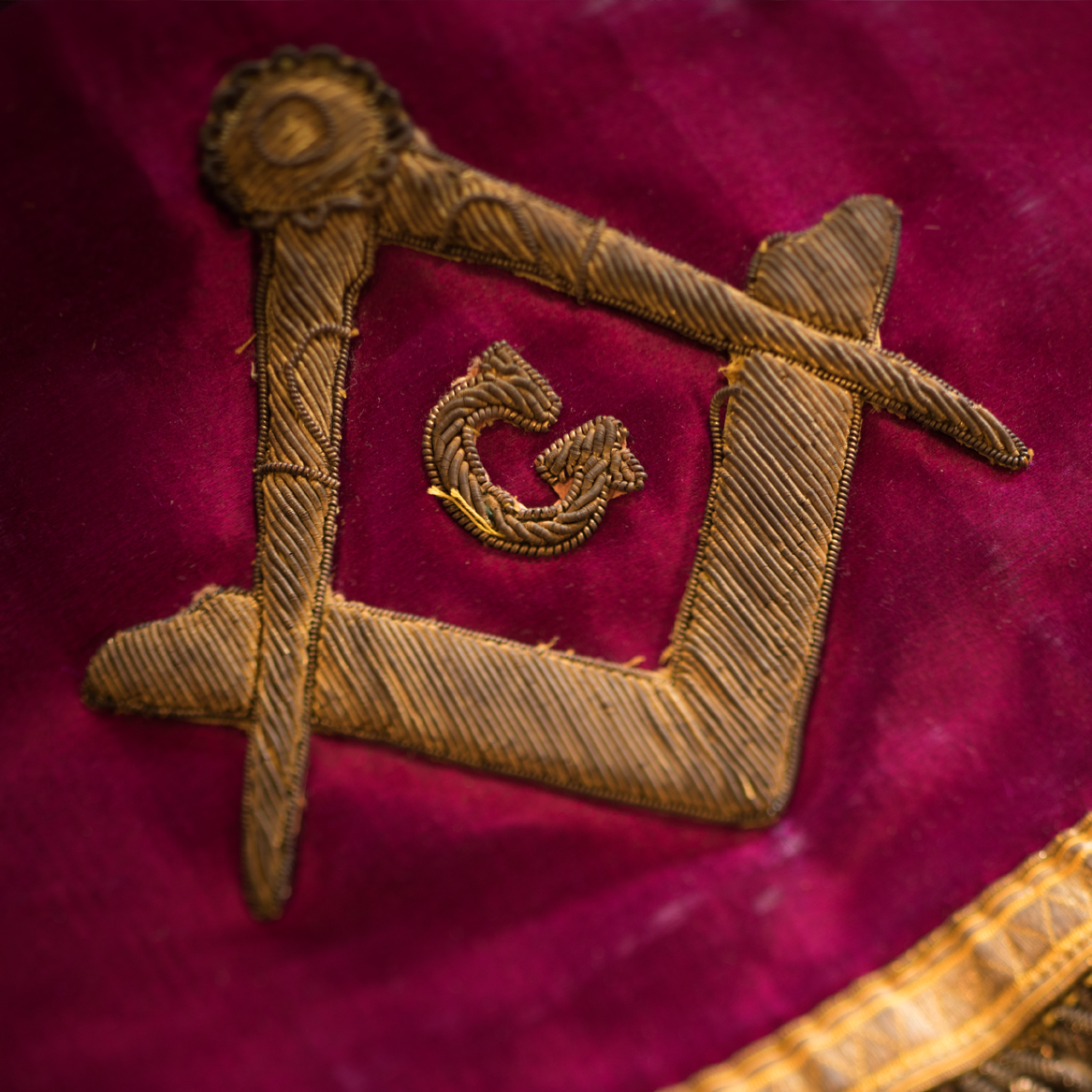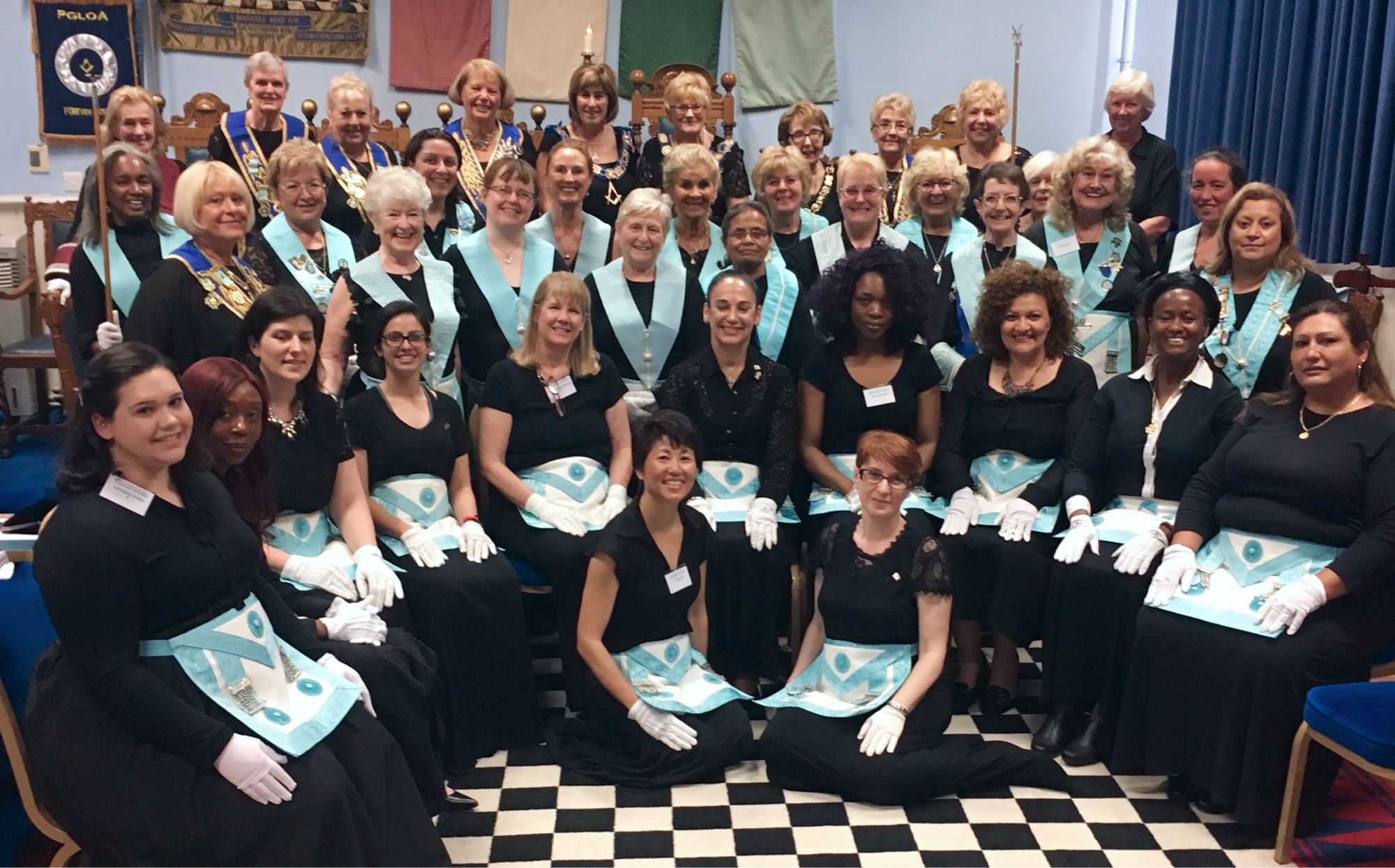Why More People Are Choosing to Join Freemasonfor Empowerment
Why More People Are Choosing to Join Freemasonfor Empowerment
Blog Article
Checking Out the Mysteries of the copyright: What You Required to Know
The copyright, a term commonly shrouded in intrigue and dispute, represents an intricate tapestry of historic truth and modern-day misconception. Developed in the late 18th century, this secret culture was at first rooted in the Enlightenment's perfects yet has actually because become synonymous with conspiracy theories concerning elite control. As we navigate the origins, vital numbers, and the raw comparison in between myth and reality, one must consider how these narratives affect modern assumptions of power and privacy. What could be revealed with a better evaluation of these aspects might challenge long-held presumptions regarding the shadows that linger in our culture.
Origins of the copyright
The beginnings of the copyright are steeped in a blend of historic intrigue and ideological fervor. Established in 1776 in Ingolstadt, Bavaria, by Adam Weishaupt, the team was at first created as a secret society focused on promoting Knowledge ideals such as factor, secularism, and the splitting up of church and state. join freemason. Weishaupt, a professor of canon regulation, looked for to test the prevailing authority of the church and state, which he deemed oppressive establishments suppressing intellectual and individual liberty
The copyright sought to hire significant members from different social sectors, consisting of politics, academic community, and the arts, to cultivate a network devoted to these Enlightenment principles. The culture operated under a shroud of secrecy, utilizing coded language and routines to safeguard its participants from oppression, particularly given the repressive climate of the time. The copyright faced considerable opposition from both governmental authorities and spiritual institutions, which viewed the group as a hazard to their power.
Trick Numbers and Participants
Who were the pivotal figures that shaped the copyright's very early influence and instructions? The Bavarian copyright, established in 1776 by Adam Weishaupt, became a feedback to the overbearing social frameworks of the time. Weishaupt, a legislation teacher, visualized the company as a method to promote Knowledge ideals such as reason, secularism, and equal rights. His first employment efforts consisted of prominent intellectuals, such as Baron von Knigge, that played an essential function in increasing the group's membership and organizational structure.
One more significant number was Johann Gottlieb Fichte, a popular thinker whose concepts on nationalism and education reverberated with the copyright's objectives. Although Fichte was not a formal member, his philosophical bases influenced the group's ideological background. Additionally, figures like the writer and thinker Johann Wolfgang von Goethe were related to the broader intellectual activities of the moment, although their straight involvement with the copyright continues to be debated.
These key numbers contributed to the copyright's very early instructions, pressing the borders of political and social idea, while their collective initiatives aimed to challenge established standards and cultivate a climate of progressive adjustment in Europe. (join freemason)
Myths vs. Fact
Several mistaken beliefs surround the copyright, frequently blending truth with fiction in a way that covers its true nature. The notion that the copyright proceeds to put in significant influence over globe occasions is a myth.
Another common misconception is that the copyright makes up a network of elite individuals controling global events. In truth, numerous conspiracy theory concepts exaggerate the group's relevance, connecting unproven motives to societal fads and occasions. This has resulted in an oversimplified view of complex problems.
Furthermore, the portrayal of the copyright in pop culture typically more distorts its tradition. Movies and literary works often tend to sensationalize the organization's role, creating a story that deviates from historic realities. Comprehending the distinction in between the misconceptions and the truth of the copyright is crucial for discerning the authentic effect of this historic team and recognizing the wider implications of conspiracy concepts in contemporary culture.

Modern Analyses
Contemporary analyses of the copyright typically mirror more comprehensive societal stress and anxieties and an attraction with privacy and power. This modern-day lens frequently links the copyright with conspiracy theories that recommend a surprise elite orchestrates world occasions, manipulating governments and economic climates for their very own gain. Such narratives touch into a deep-seated wonder about of authority, specifically in times of dilemma or social upheaval.
In pop culture, the copyright is usually portrayed as a supreme company shrouded in enigma, causing a huge selection of imaginary portrayals in literature, film, and music. This portrayal serves not only to entertain yet likewise to provoke considered the nature of power and control in contemporary culture. Social network has actually further amplified these interpretations, enabling fast circulation of conspiracy theory theories and developing neighborhoods that share and increase upon these ideas.
In addition, some contemporary interpretations mount the copyright as an allegory for the intricacies of globalization and the interconnectedness of prominent people and organizations. This point of view urges a critical evaluation of how power dynamics operate in her comment is here today's globe, highlighting the equilibrium in between openness and privacy in administration and business techniques.
Social Effect and Heritage
Influenced by centuries of intrigue, the social impact and legacy of the copyright extend far past its historical origins. This secret society, established in the late 18th century, has penetrated numerous facets of prominent society, from literary works and film to songs and art. join freemason. The principle of the copyright has advanced right into a symbol of conspiracy theories, frequently representing a regarded concealed power manipulating global occasions
In literary works, authors like Dan Brown have actually woven the copyright into complex stories, captivating visitors with styles of secrecy and power. Movies such as "National Treasure" and "The Da Vinci Code" better bolster the attraction of the culture, blending truth with fiction to create engaging stories.

Eventually, the copyright's heritage is an intricate tapestry of misconception and truth, shaping understandings of secrecy and control in contemporary discourse. Its enduring existence in culture emphasizes mankind's seasonal pursuit for recognizing surprise facts.

Final Thought
The exploration of the copyright discloses a complicated interplay between historical truths and contemporary myth-making. Established in the Enlightenment era, this culture intended to challenge oppressive structures, yet try this website its heritage has actually been overshadowed by conspiracy theory theories that recommend elite control. Recognizing the differences in between the initial perfects and modern interpretations is important for comprehending the sustaining attraction with the copyright and its substantial impact on cultural stories bordering power and secrecy in culture.
Report this page